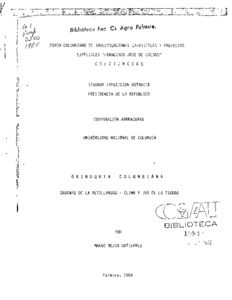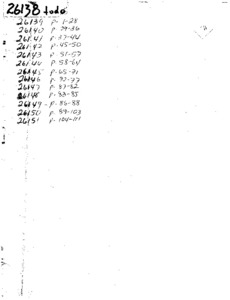La foresterie à la FAO
Le prsent numro d'Unasylva est consacr au quarantime anniversaire de la FAO, et en particulier aux 40 annes d'activits du Dpartement des forts de l'Organisation. Dans ce numro et dans les deux prochains, nous publierons, ct des articles d'actualit, des extraits des livraisons passes d'Unasylva. Par exemple, ce numro contient l'essentiel d'un article d'Andr Marie Aubrville sur la mort des forts de l'Afrique tropicale, tir du N 1 d'Unasylva. Trente-huit ans plus tard, cet article semble particulirement prophtique au moment o la FAO redouble d'efforts pour rsoudre la crise africaine.








